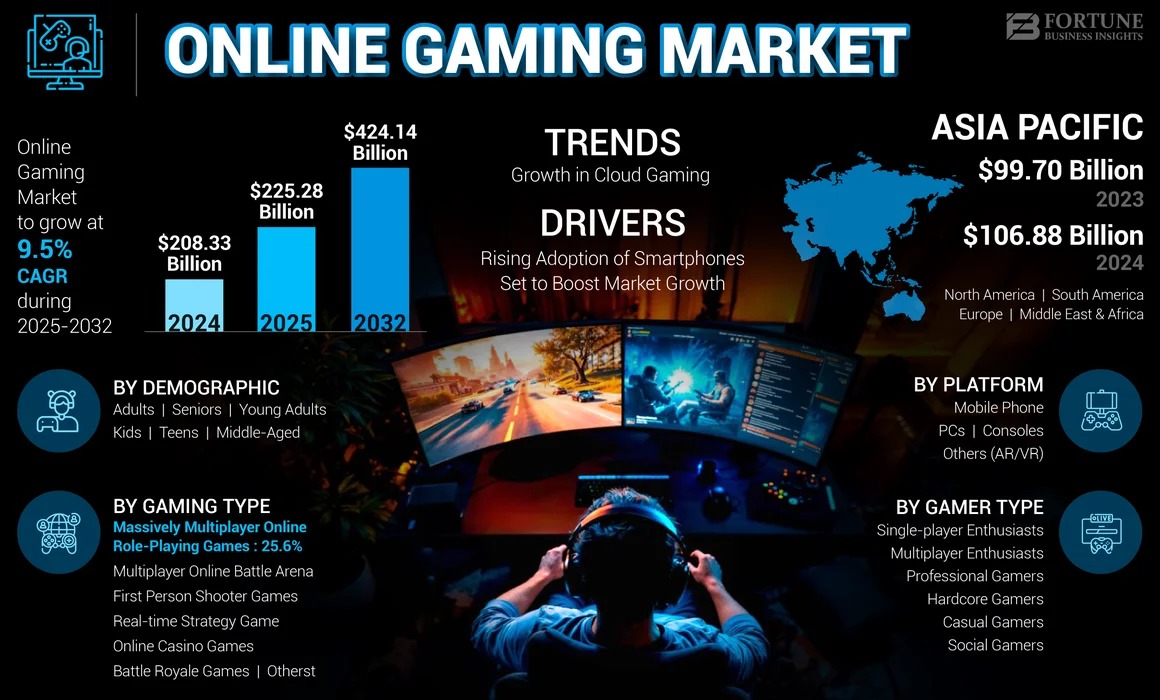Are you looking to know How Do Rake Percentages Work in Modern Online Gaming Platforms? then read this article to find out How Do Rake Percentages Work in Modern Online Gaming Platforms

The rake percentage represents the revenue generated by gaming platforms from each completed hand or tournament entry. toto878 implements various rake structures depending on game types, stake levels, and player volume to balance profitability with player retention. These percentage-based fees directly impact player winnings while funding platform operations, software development, and customer support systems that maintain gaming environments.
Rake calculation methods
Most cash game rake systems use percentage-based calculations that take a predetermined portion of each pot once it reaches minimum thresholds. The standard approach involves collecting between 2.5% to 5% of the total pot value, with collection beginning when pots exceed specific dollar amounts. This graduated system ensures smaller pots remain untaxed while larger confrontations contribute proportionally to platform revenue.
Time-based rake structures offer alternative approaches where players pay fixed hourly fees instead of percentage deductions from individual pots. This method appeals to high-stakes players who prefer predictable costs over variable percentage extractions. Tournament-style rake typically appears as separate entry fees listed alongside buy-in amounts, making the cost structure transparent before players commit to events.
- Pot rake collection starts when pots reach predetermined minimum sizes
- Fixed fee structures charge hourly rates regardless of pot sizes played
- Tournament rake appears as separate entry fees added to buy-in amounts
- Some platforms combine multiple rake methods depending on game formats
Different rate structures
Stake level variations create tiered rake systems where higher stakes games often feature reduced percentage rates while maintaining higher absolute dollar caps. High-stakes games charge 2.5% rake with $3 caps, while micro-stakes charge 5%. While ensuring profitability, the structure encourages players to move up. Game format differences influence rake calculations through specialized structures designed for specific poker variants. No-limit games typically feature standard percentage rake, while fixed-limit games might use modified structures that account for betting limitations. Short-handed games often have adjusted rake schedules that reflect the different dynamics of smaller player pools.
Cap system operations
Rake caps establish maximum dollar amounts that platforms extract from individual pots regardless of final pot sizes. A typical structure might collect 5% rake up to a $3 maximum, meaning pots exceeding $60 generate identical $3 rake extractions. These caps protect players in large pots while ensuring platforms receive reasonable compensation for hosting games. Progressive cap systems adjust maximum extractions based on the number of players dealt into hands. Two-player pots might have $1 caps, while full-table hands allow $3 maximum rake. This scaling approach reflects the increased complexity of managing larger player groups while providing cost benefits for heads-up play.
- Standard caps prevent excessive rake extraction from very large pots
- Player-count scaling adjusts the maximum rake based on participants per hand
- Some formats feature multiple cap levels for different betting rounds
- Weekly or monthly rake caps limit total extractions for high-volume players
Player cost impact
Rake accumulation over extended playing periods creates substantial long-term costs that directly reduce player profitability. A player generating $1000 monthly rake faces annual fees of $12,000 that must be overcome through skill advantages to maintain positive results. These calculations help players evaluate game selection, stake choices, and volume decisions based on total cost structures. High-volume players often negotiate custom rake arrangements that reduce percentage rates or provide additional benefits in exchange for guaranteed playing commitments. These VIP programs recognize that large-volume players generate substantial revenue while requiring specialized support services that justify preferential treatment.